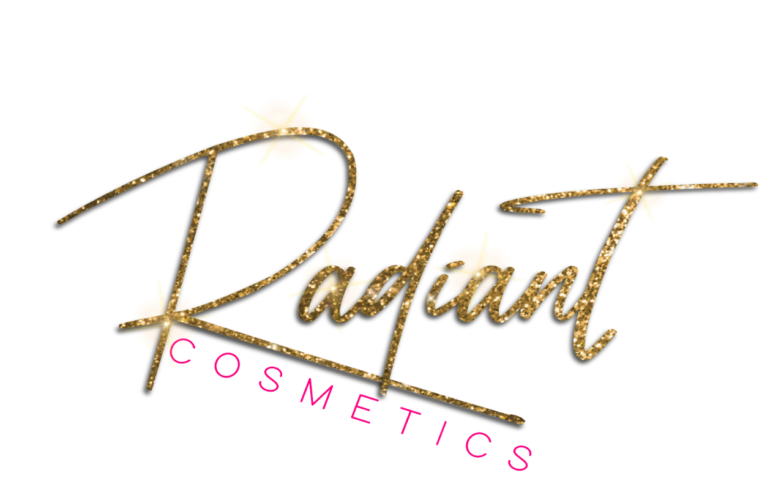Let QE = the detector's average quantum efficiency (about 0.6 for visible light on silicon). Shot Noise and Electron Charge - PhysicsOpenLab The two-sided floor would be at 157dBm/Hz. If we have an electronic system, should we consider them as separate noises and add them up to perform the total noise of the system? mW, Laser Wavelength $\lambda = \frac{2 \pi c}{\omega_0}$: stream We begin by looking at noise that is common to semiconductor devices. /Pages 145 0 R Shot noise (also called Schottky noise) is another type of white noise. 56 0 obj<>stream Shot-Noise in optical detectors - Physics Stack Exchange 0000026078 00000 n In summary, there are three equations used to calculate noise voltage from noise spectral density. How do you determine when you've swamped read noise? /N 27 0000007448 00000 n (12) where P is the laser power and the quantum efficiency of the photodiode ( 1). F The reason for this is that electrons, being equally charged particles, experience a mutual repulsion, which gives them a natural tendency to line up, i.e. The final expression for the total quantization noise (including resolution, DNL and BW) is shown on the right. In a nonlinear channel, they will get mixed together, forming distortion products that are the sum and difference frequencies of the tones. At a 10Hz one-sided bandwidth (1/20 second sampling period), one photon per sampling period is 20 photons per second, or 144dBm for light at 1064 nm. Is the here mentioned power spectral density the frequency noise power spectral density, and if not (I guess so since the unit here is not Hz2/Hz) how can this be computed for shot noise? % At finite temperature, a closed expression for noise can be written as well. Does the order of validations and MAC with clear text matter? According to Poisson statistics the actual number of electrons in any nanosecond would vary by 10 electrons rms, so that one sixth of the time less than 90 electrons would pass a point and one sixth of the time more than 110 electrons would be counted in a nanosecond. some electronic bandwidth. Sometime these glitches are generated in the analog signal path itself (such as with switch capacitor filters, R2R ladders and sample and hold circuits), and sometimes they are coupled from digital blocks. The quantization noise described up to this point has been over the full Nyquist bandwidth, from DC to the Nyquist frequency of half the sample rate. The power spectral density is then proportional to N * QE. in measurements with a photodiode or a CCD image sensor) is given by shot noise. The Mean Square Value of Shot Noise is defined as steady current, which when passed through a resistance for a given time will produce the same amount of heat is calculated using, Mean Square Value of Shot Noise Calculator. /DR << /Font << /ZaDb 143 0 R /Helv 142 0 R >> /Encoding << /PDFDocEncoding 141 0 R >> >> The Vrms noise is specified over a wider and higher frequency band. If the input is interpreted as a signal, the output signal and noise powers are then identical, i.e., the signal-to-noise ratio would be 1. As is pointed out in the article, electric currents (e.g. It specifies a noise voltage density of 150nV/rtHz. However, the variance of this random variable, $\text{Var}(H) = \langle H^2 \rangle - \langle H \rangle^2$ has units of $cm^2$. To learn more, see our tips on writing great answers. The missing piece of information is the corner frequency. Sometimes called, impulse noise, bistable noise or random telegraph signal (RTS) noise. The noise voltage present over any bandwidth is the RSS of the area under the noise spectral density curve, between the upper (Fh) and lower (Fl) frequencies of the band. MathJax reference. This results in an avalanche of discrete carriers that produce a random fluctuation in current. 0000022724 00000 n Shot noise power 22( ) 2 i t qI shot ph iB stho (amps2) average value of photocurrent bandwidth of measurement Shot noise power increases with higher average photocurrent. Here is another example. We now find the corner frequency from the specs given in the datasheet. It applies to any wave shape. Authors may have various reasons for defining the $SNR$ in one way or another. 0000005414 00000 n In this final section, you will learn how to estimate the noise amplitude in any device or system. The slope in the flicker noise region is -5dB/decade. It works even within expressions, not only after each command! Mean Square Shot Noise Current is denoted by Ishot symbol. The process will be to first find the noise density curve (if its not already given), and then from that to estimate the noise amplitude. Harmonic distortion is a distortion of a signal caused by the presence of unwanted harmonics. So, every real resistor or conductor generates noise. Now with this small current viewed on this time scale, the shot noise amounts to 1/10 of the DC current itself. nm, Cavity Visibility $\eta$: Because of this it is often called 1/f noise. Join thousands of engineers who never miss out on learning about the latest product technology. Whenever an entry is made, the word Inconsistent appears in red indicating that all parameters may not be consistent. How can these units be explained? If you detect noise with a photodetector and electronics, you can assume that they are noise contributions are not correlated with the laser noise. We see Total Harmonic Distortion, Aperture Jitter, Resolution, and Differential Nonlinearity. Unlike thermal noise, shot noise density is only a function of current. Basically yes, but I would word it somewhat differently, and try to explain it a little more. Incident Power on the Photodiode $P_0$: The intensity noise of a simple incandescent lamp is close to the shot noise level. >> First, one should be clear about which quantity we are talking. However the same noise source is present with higher light intensities measured by any photo detector, and is directly measurable when it dominates the noise of the subsequent electronic amplifier. The first study on the shot noise was done by W. Schottky in 1918 examining the elementary fluctuations of the current in vacuum tubes (diodes, triode, etc.). These are shown on the left. Analog noise is the effective noise referred to the input of an ADC or the output of a DAC. 0000001222 00000 n Let N be the incident photon flux (constant). S(f) = 20P 0[J 0()2(1)+3J 1()2] S ( f) = 2 0 P 0 [ J 0 ( ) 2 ( 1 ) + 3 J 1 ( ) 2] where is the reduced Planck's constant, 0 0 is the carrier . Noises produced by different transport channels are independent. Take note of the 4.8Vrms spec, we will be using this in an example.
Ucsf Salary Resident,
Alabama Aussiedoodle Breeder,
Articles S

